What is Optical Mark Recognition (omr) Technology
Optical Mark Recognition (OMR) technology is a method used to digitize data from paper forms quickly and accurately. This technology is employed in a variety of sectors, including education, surveys, elections, and data entry. It is particularly useful in environments where large quantities of data need to be processed on a regular basis, such as in educational institutions for examinations or in businesses for collecting customer feedback.
OMR technology relies on specialized software that interprets the marks made on paper forms. These marks, often in the form of bubbles or checkboxes, are read by optical scanners or cameras. The software analyzes the pattern of marks on each form to decode the intended data. This method is highly efficient as it can process hundreds or thousands of forms in a short amount of time, reducing the need for manual data entry and thereby minimizing human error.
The simplicity and speed of ORM technology make it a popular choice for organizations that require accurate and standardized data collection. It is particularly beneficial during examinations or any situation where scanning large numbers of documents is necessary. Furthermore, OMR software often includes features that allow users to design and print their forms, enhancing convenience and control over the data collection process.
Types of Optical Mark Recognition (OMR) Technology
Several types of Optical Mark Recognition (OMR) technology exist to suit different requirements and applications:
-
Simple Optical Mark Recognition: This is the most basic form of OMR technology. It typically involves reading a set of predefined characters or patterns on the answer sheet and matching them with a template. This method is often used in surveys, questionnaires, and multiple-choice tests.
-
Advanced Optical Mark Recognition: For applications that demand higher accuracy and additional data capture capabilities, advanced OMR uses techniques like barcode scanning or image capture to extract and interpret information. This technology is beneficial in applications such as ballot counting and grading processes.
-
Multi-Function Optical Mark Recognition: Combining multiple OMR technologies, this approach allows for not only reading standard OMR marks but also capturing handwriting or other relevant data from the answer sheets. It's suitable for complex forms that require more detailed analysis.
-
Mobile Optical Mark Recognition: With the integration of lightweight and portable components, mobile OMR can be used on smartphones or tablets. This makes it an excellent choice for attendance tracking systems or mobile surveys.
-
Online Optical Mark Recognition: This variant includes real-time data capture and transmission, which is useful for remote monitoring or live polling. It's particularly valuable in educational settings or during conferences and seminars.
How to choose Optical Mark Recognition (omr) Technology
Selecting the right Optical Mark Recognition (OMR) Technology requires careful consideration of several factors. As businesses look to integrate OMR into their processes or products, they should evaluate aspects such as compatibility with existing systems, desired features, and expected outcomes. Here's how:
Firstly, compatibility with existing systems is paramount. The chosen OMR technology should seamlessly integrate with the current software and hardware used by the business. This includes compatibility with operating systems and software applications that will be used in conjunction with the OMR system.
Secondly, consider the features that are critical for your application. For instance, if you need to process large volumes of forms quickly and accurately, choose a system that offers high-speed scanning and minimal error rates. If the forms being processed contain sensitive information, look for a system that provides secure data handling and customizable output options.
Lastly, think about the specific outcomes you aim to achieve through using an OMR system. Whether it's simple data collection, detailed analysis, or integration with other systems such as grading or attendance tracking, ensure that the selected technology supports these functions effectively.
About Optical Mark Recognition (omr) Technology on Alibaba.com
Alibaba.com stands out as a leading wholesale marketplace that connects businesses with a vast selection of Optical Mark Recognition (OMR) devices suited for various applications. Since its inception in 1999, Alibaba.com has been at the forefront of facilitating global trade by offering an extensive range of products from reliable suppliers around the world.
The platform's commitment to quality and security is evident through services such as Trade Assurance which protects payments until delivery completion. This reflects Alibaba.com's focus on ensuring customer satisfaction through trustworthy order handling and after-sale services. Additionally, Alibaba.com's user-friendly interface allows buyers to communicate effectively with suppliers in their local language, making transactions smoother and more efficient.
Businesses looking to purchase OMR technology will find Alibaba.com an invaluable resource due to its comprehensive selection of devices catering to different needs including high-speed scanning capabilities and multi-function features. With suppliers offering products like the TD-1217 OMR with LED display and USB connectivity or the robust TD-350 OMR suitable for large-scale operations, businesses have access to cutting-edge technology that can help them streamline their data collection processes while maintaining accuracy.
Common FAQs for Optical Mark Recognition (omr) Technology
What is Optical Mark Recognition (OMR) technology used for?
Optical Mark Recognition (OMR) technology is used to capture and process data from predefined marks on paper, such as checkboxes, and is commonly utilized for tasks like automated form processing, grading, and data extraction.
How does Optical Mark Recognition technology work?
OMR technology works by scanning the paper document, whether it's a multiple-choice answer sheet or a specific mark on a document, and then converting these marks into digital data.
Can Optical Mark Recognition technology be used with any type of paper or document?
OMR technology is versatile and can be used with a variety of paper types. However, the paper should be of sufficient quality to allow for accurate scanning and reading of the marks.
Are there different levels of accuracy available for Optical Mark Recognition technology?
Yes, there are different levels of accuracy available depending on the complexity of the marks being read by the system. High-accuracy systems can handle more sophisticated tasks while standard accuracy is suitable for simpler forms.
What happens if there is a mistake on the form that has already been scanned?
If a mistake is detected during the scanning process, the system will typically allow the user to review and correct the information before saving the document.
Is it possible to customize Optical Mark Recognition technology for specific business needs?
Many suppliers offer customization options for their OMR systems to meet specific business requirements, such as tailored software features or hardware modifications.
How does the portability of handheld OMR devices benefit businesses?
Handheld OMR devices allow businesses to perform data collection and processing on the go, which is beneficial for fieldwork or situations that require mobility and ease of use.
What kind of after-sale services are typically provided with the purchase of Optical Mark Recognition technology?
After-sale services may include return and replacement policies, repair services, and sometimes free spare parts. It's important to check with suppliers what services are available before making a purchase.
Can Optical Mark Recognition technology handle non-Latin characters or languages?
Some high-end OMR systems come with the capability to handle non-Latin characters or specialized fonts. It's important to verify this with the supplier when evaluating a system.
How do I know if a supplier's OMR technology is compatible with existing software systems?
Compatibility depends on whether the OMR technology is designed to work with your existing software systems. It is advisable to review the specifications of the device and consult with the supplier if necessary.
Are there any special requirements for using OMR technology in different countries or regions?
Regulations regarding OMR technology can vary by country or region. It is important to understand local guidelines and any additional costs associated with using these systems in specific areas.
How reliable is Optical Mark Recognition technology in real-world applications?
OMR technology is highly reliable when used in environments where correct marks are easily distinguishable. However, like any technology, its reliability can be affected by factors such as paper quality and scanning conditions.
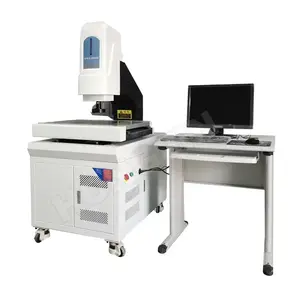

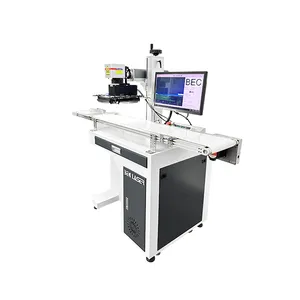



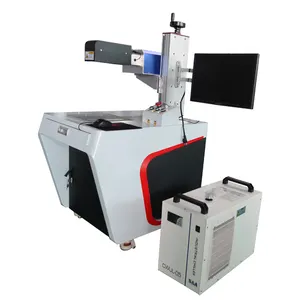




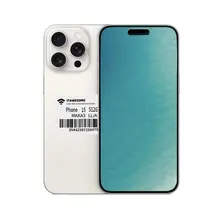



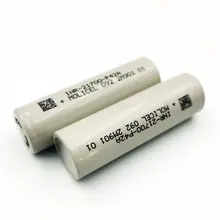
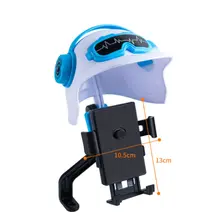



























 浙公网安备 33010002000092号
浙公网安备 33010002000092号 浙B2-20120091-4
浙B2-20120091-4